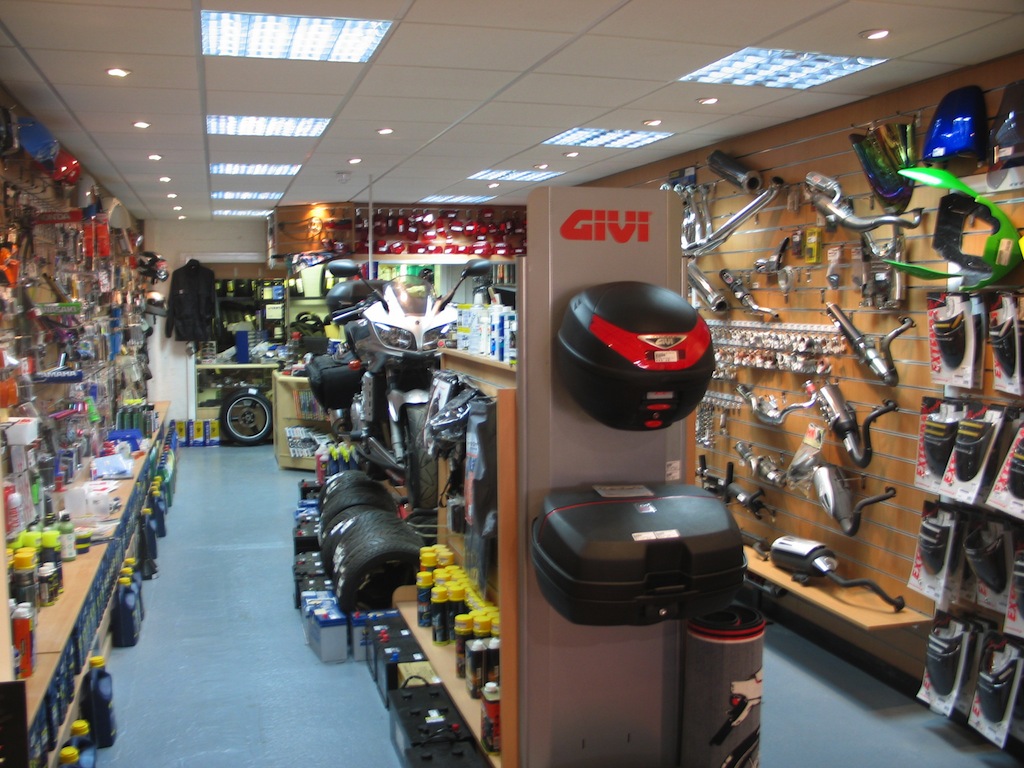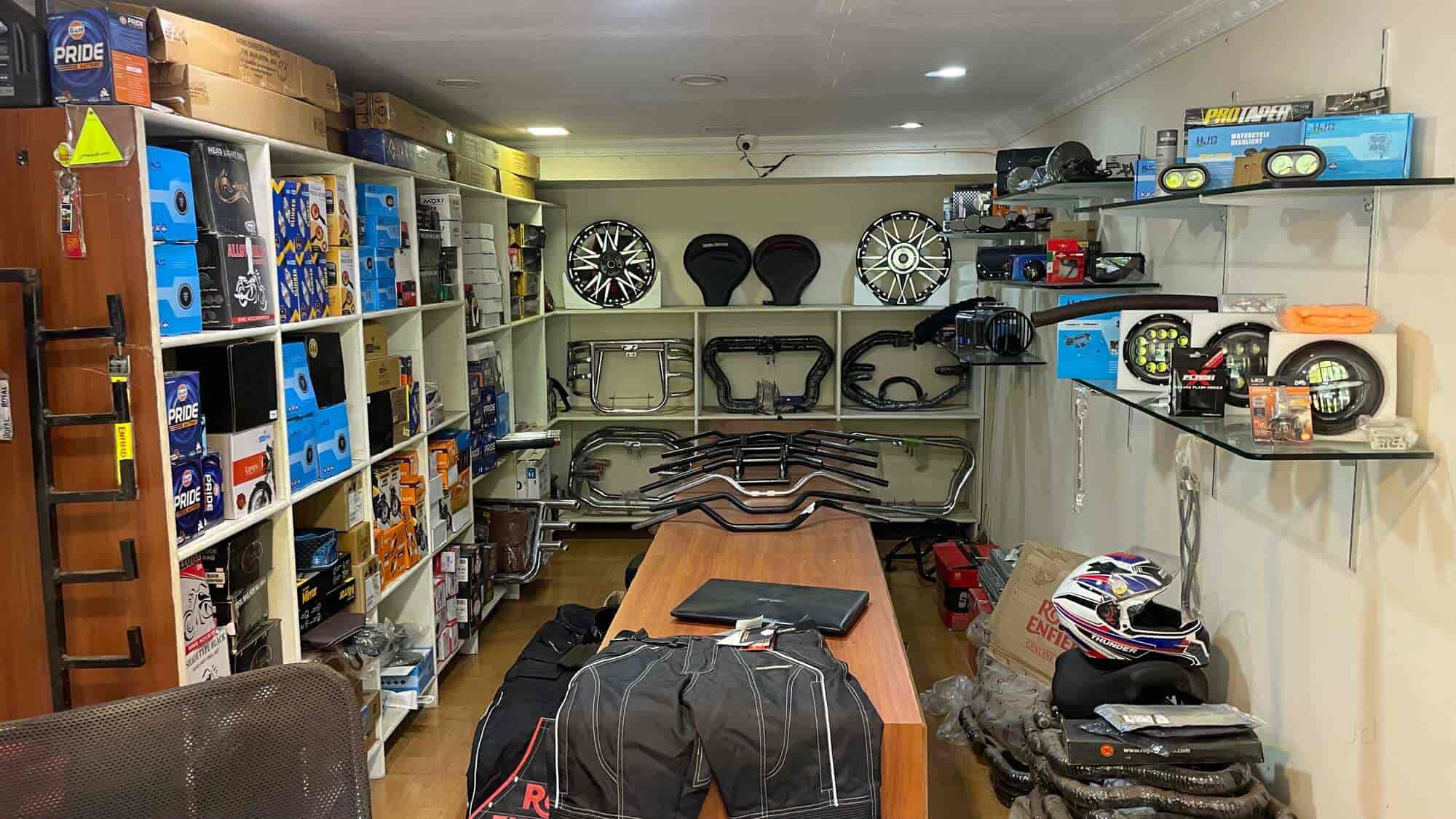Shop the Best MX Parts NZ for Your High-Performance Bike
Understanding the Crucial Parts of a Bike: A Comprehensive Guide for Enthusiasts
For bike enthusiasts looking to elevate their riding experience and ensure their bikes run smoothly, comprehending the crucial parts of a motorcycle is paramount. Each element, from the engine's detailed operations to the important function of the braking systems, not only affects performance but also safety and comfort.
Engine Elements

The camshaft plays a crucial duty in managing the timing of the engine's shutoffs, ensuring the precise opening and closing necessary for reliable fuel and air intake, along with exhaust expulsion. This timing is essential to preserving ideal engine efficiency and efficiency. Additionally, the carburetor or fuel injection system, depending upon the bike version, is responsible for blending air with gas in the appropriate proportion for burning.
The cooling system, either air or liquid-based, works to preserve the engine's temperature within functional limits, avoiding getting too hot and ensuring durability - motocross parts nz. Each component, diligently designed and integrated, contributes to the smooth procedure of the engine, defining the bike's power outcome and overall efficiency
Transmission System
Integral to the motorbike's functionality, the transmission system makes sure reliable power transfer from the engine to the wheels. This system consists of numerous critical components, including the clutch, transmission, and final drive, each playing a vital role in translating the engine's power into movement. The clutch, typically operated by a hand bar, offers to disengage the engine and involve from the transmission, enabling for smooth equipment modifications and controlled acceleration.
The gearbox, often referred to as the transmission proper, has a collection of equipments that motorcyclists can manually shift through to adjust the bike's speed and torque output. These equipments are arranged in a series that makes it possible for the motorcycle to speed up efficiently and maintain optimum engine efficiency throughout different rates. Many motorcycles utilize a consecutive transmission, requiring the rider to change equipments in a fixed order.
Braking Systems
While comprehending the transmission system is essential to using a bike's power, just as crucial is the capability to manage and quit that power successfully, which is where braking systems enter play. Brakes are important for security and performance, offering the rider with the required control to navigate numerous terrains and problems. Generally, bikes feature 2 kinds of braking systems: disc brakes and drum brakes.
Disc brakes are more prevalent in contemporary bikes because of their superior efficiency. They consist of a brake disc, caliper, and pads. When triggered, the caliper presses the brake pads against the spinning disc, transforming kinetic energy into warmth, thus slowing down the wheel. This system offers much better warm dissipation, constant efficiency, and enhanced stopping power, especially in wet problems.
Conversely, drum brakes, though less typical, are still located in some bikes. They work by pushing brake footwear versus the internal surface of a drum affixed to the wheel. While generally much less effective in heat dissipation and stopping power, drum brakes are simpler and a lot more cost-effective.
Understanding these braking systems' subtleties permits riders to maintain their motorcycles correctly and appreciate the design that makes certain safe and effective stopping.
Suspension and Steering
Suspension and guiding systems are crucial elements that substantially affect a bike's handling and experience convenience. The shock absorber, being composed of forks at the front and shock absorbers at the back, soaks up roadway irregularities, enhancing security and control. Front forks, typically telescopic or inverted, compress and rebound to alleviate effects, while rear shock absorbers maintain tire call with the roadway, crucial for traction and security.
Guiding, centered around the handlebars, connects the cyclist to the motorbike's directional control. The guiding head bearings make sure smooth operation, permitting exact ability to move. Proper alignment and upkeep of these bearings are vital for predictable guiding reaction and lowering biker exhaustion.
The suspension's adjustability is another critical aspect; preload, damping, and rebound settings enable modification to fit different riding designs and conditions. This flexibility is important for optimizing performance, whether browsing urban roads or tackling sturdy tracks. Developments like electronic suspension systems use real-time adjustments, improving trip high quality throughout varied terrains.

Electric Equipments
After making certain a smooth and controlled trip via efficient suspension and steering systems, focus turns to the electric systems, an essential aspect of contemporary bikes. These systems play an link important duty not only in starting the engine but additionally in powering different components that enhance the performance and safety of the bike.
At the heart of a motorbike's electrical system is the battery, which shops electrical power necessary for starting the engine and powering supporting systems - motox parts nz. The alternator or generator, combined with the rectifier-regulator, makes sure the battery continues to be billed while the motorbike functions, converting mechanical energy into electric power and keeping voltage levels
The ignition system, one more important part, is accountable for sparking the air-fuel combination in the engine's cylinders. Modern motorcycles usually use a digital ignition system, providing higher effectiveness and reliability contrasted to standard systems.
Illumination systems, including headlights, tail lights, and indicators, are also essential, making certain presence and safety for the motorcyclist. Added digital elements such as sensors, why not try here control systems, and shows contribute to advanced attributes like fuel injection management, anti-lock stopping systems (ABS), and digital dashboards, additionally boosting the riding experience.
Final Thought
A detailed understanding of a motorbike's important elements, including the engine, transmission system, braking mechanisms, suspension, guiding, and electrical systems, is crucial for lovers aiming to maximize comfort, security, and performance. Proficiency of these components permits informed choices regarding maintenance and upgrades, inevitably enhancing the riding experience. By integrating this knowledge, cyclists can ensure their bikes operate at peak performance and integrity, consequently optimizing both pleasure and durability of their cars.
For motorcycle fanatics looking to boost their riding experience and ensure their bikes run efficiently, recognizing the essential elements of a motorcycle is critical.Indispensable to the motorcycle's performance, the transmission system guarantees effective power transfer from the engine to the wheels.While comprehending the transmission system is vital to harnessing a bike's power, just as vital is the capability to regulate and quit that power efficiently, which is where stopping mechanisms come into play. Typically, motorcycles include 2 kinds of stopping systems: disc brakes and drum brakes.
A complete comprehension of a important source bike's necessary parts, including the engine, transmission system, stopping mechanisms, suspension, steering, and electric systems, is vital for fanatics intending to enhance safety and security, performance, and convenience.